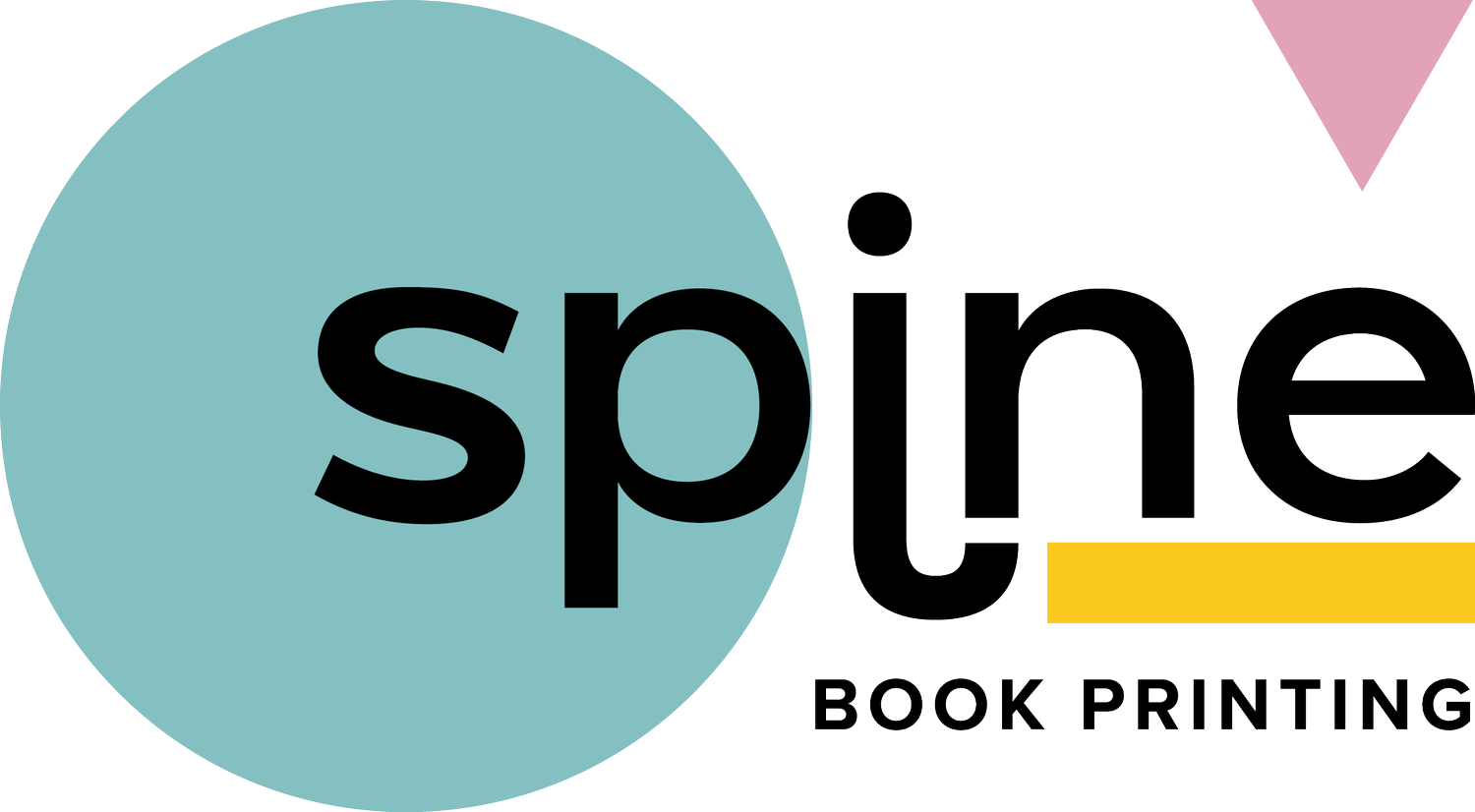A5 Design Mistakes That Ruin Book Aesthetics
Creating a captivating and professional-looking book is a goal for every self-publisher. The aesthetics of your book can significantly influence reader engagement and perception. When your book looks appealing, readers are more likely to pick it up and dive into your content. An eye-catching cover and tidy layout can boost your book's credibility instantly. However, achieving this requires attention to detail, especially with A5 size booklets. Mishaps in design can unknowingly slip into your layout, affecting the overall presentation.
Among the common culprits that detract from a book's appeal are design mistakes that often occur during the planning stage. These errors, while seemingly minor, can have a considerable impact on how your book is received. Let's explore some of these typical design pitfalls and how you can avoid them to ensure your book looks polished and professional.
Inconsistent Margins and Spacing
Margins and spacing play a pivotal role in how your text is perceived and read. When margins are uneven or text is cramped, it disrupts the flow of reading and can make the page look messy. Consistent margins offer breathing space around your text, guiding the reader's eyes effortlessly across the page.
To keep your margins and spacing consistent throughout your booklet:
1. Use design software that allows for precise measurements.
2. Set standard margins for each page before starting your layout.
3. Apply uniform spacing for text and ensure it remains consistent across paragraphs.
4. Regularly preview your layout in print format to spot any inconsistencies.
A well-structured page with balanced margins and clear spacing not only looks better but also enhances readability, making sure your content gets the attention it deserves.
Poor Font Choices
Choosing the right font is like picking the perfect outfit for your book. Fonts communicate a lot about your book's mood and style. If the font is too decorative or hard to read, it can distract from the content. A well-chosen font enhances readability and helps set the right tone for the content.
When selecting fonts, consider these guidelines:
1. Prioritise readability, especially at smaller sizes.
2. Stick to classic fonts like Garamond or Times New Roman for body text.
3. Use decorative fonts sparingly, such as in titles or headings.
4. Ensure consistency by using the same font family throughout the booklet.
Your aim should be to create a harmonious and readable text flow from page to page.
Cluttered Layouts
A cluttered layout is like trying to read a menu in a dimly lit restaurant. It confuses the reader and makes it challenging to focus. By keeping your layout clean and organised, you offer a better reading experience.
To avoid clutter:
- Limit the use of different font styles and colours.
- Use bullet points or numbered lists to break up dense paragraphs.
- Keep the text aligned consistently for a professional look.
- Maximise white space to let the content breathe.
Remember, less is often more. Sometimes, simplifying elements can have the greatest impact on readability.
Low-Quality Images and Graphics
Using low-quality images can ruin the visual impact of any book. Blurry or pixelated images make the booklet look unprofessional and can turn away potential readers. It's essential to use high-resolution images to maintain the overall quality of your booklet.
Consider these points when selecting images:
- Always choose high-resolution images suitable for print.
- Ensure images add value to the content rather than just filling space.
- Use graphics that are visually consistent with the theme.
By being selective with your visuals, you maintain a cohesive and polished look throughout the booklet.
Neglecting the Cover Design
The cover is the first thing readers see, making a lasting impression. If the cover isn't appealing, it might discourage potential readers from exploring what lies inside. A well-designed cover captivates and invites them to turn the pages eagerly.
To create an engaging cover:
1. Use bold titles that grab attention.
2. Ensure the imagery aligns with the book's theme.
3. Pick a colour palette that is eye-catching but not overwhelming.
Keeping these elements in mind helps set the stage for your content and draws readers in.
Elevate Your Design with Expert Choices
The design of your A5 booklet has a powerful influence on its success. By focusing on consistent margins, thoughtful font selection, and a clean layout, you can enhance its aesthetics significantly. Investing in high-resolution images and a compelling cover design makes all the difference in how your book is perceived. Consider these strategies to ensure your book stands out and speaks to your audience in the best possible way.
For creating stunning printed materials that captivate your readers with exceptional design and quality, explore the options available at Spine Book Printing. Elevate your publication by choosing the right format, and take a closer look at our A5 size booklet to see how we can help you deliver a polished and visually engaging final product.

